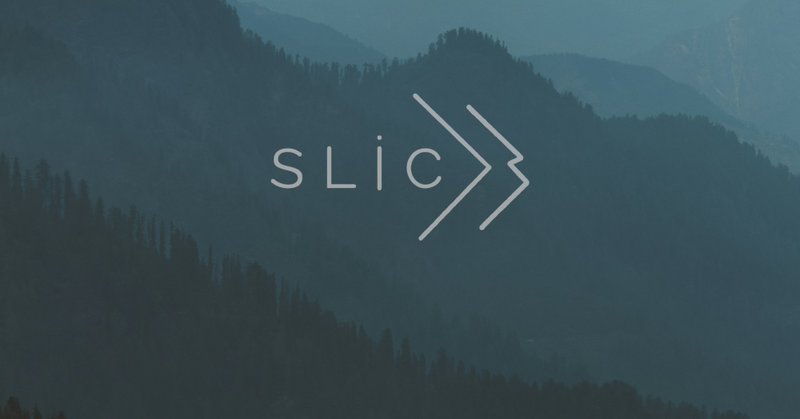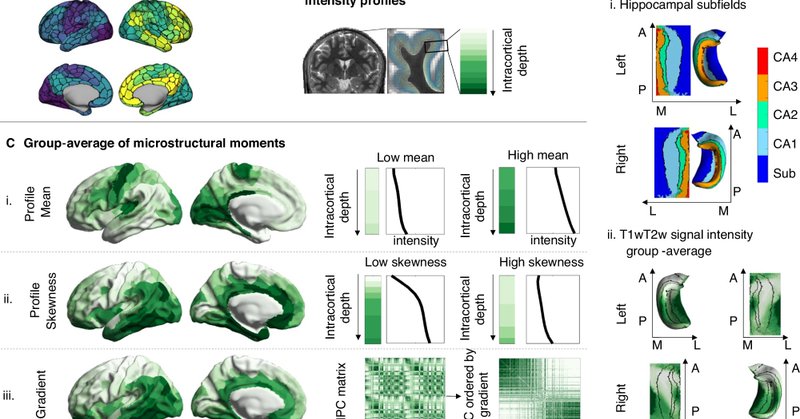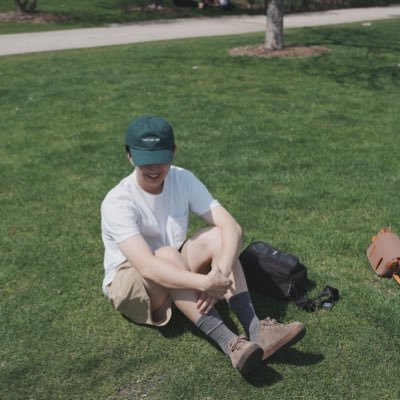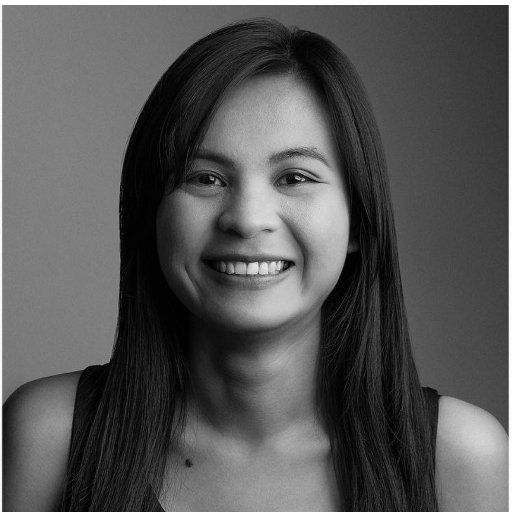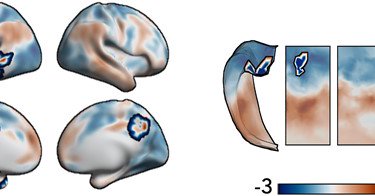
jordandekraker
@jordandekraker
Followers
326
Following
378
Media
16
Statuses
109
Postdoc at the Montreal Neurological Institute, McGill University, applying machine learning to neuroimaging of the hippocampus
Joined January 2017
My new lab @USherbrooke is hiring (MSc, PhD)! * Cool research on neuroimaging, epilepsy, brain development, etc. * Located in a brand new building (lots of natural light) * Worldwide collaborations * Fun & inclusive environment * FR/EN Find out more:
slic-lab.github.io
Exploring cutting-edge research in neuroimaging, epilepsy, brain development, and so much more!
12
83
169
I’m proud to say that “Relating sex-bias in human cortical and hippocampal microstructure to sex hormones” is now out in @NatureComms 🥳! https://t.co/pNYC2ZNDYn
nature.com
Nature Communications - Here, the authors demonstrate that cortical microstructure in young adults shows marked sex bias, which is most pronounced in paralimbic areas. The effects are put into...
1
22
79
Thanks to @BorisBernhardt, Nicole Eichert, @hong_seok_jun, @acehigh1952, @TheNeuro and many other great discussions! For more insight on hippocampal evolution and organization, check out our recent studies https://t.co/9S3zGuL6CB
https://t.co/IZkv3kHUvn
0
0
7
So, latent space predictive coding over multiple timescales may not be all-you-need, but it may be what-you-need
1
0
5
It's possible (IMO probable) for multiple optimizers to act on the same substrate. Reinforcement learning, and perhaps many others, may act on a NN at the same time as latent time-equivariant prediction. Multiple optimizers are actually needed to avoid representational collapse!
1
0
4
The short answer is: animals predict many latent future “inputs” using memory over multiple timescales (time-equivariance). This is not unlike MANNs or self-attention to memory discussed by @jcrwhittington and @behrenstimb ( https://t.co/qU0xtkC5id)
1
0
7
Crossing brain evolution, cognitive psychology, artificial intelligence, and own framework of hippocampal organization, we try to explain why animals are so conspicuously fast at unstructured learning while AIs still take millions of samples + expressive feedback
1
0
5
I’ve been a hippocampus man my entire research career 🍤🧠👨🔬. When I first read @ylecun's “JEPA” white paper ( https://t.co/c2XGC0T9CK), I knew I’d found a cornerstone. I’m pleased to finally share my preprinted Perspective! https://t.co/nujQaI0SRu
1
24
87
Why do varied DNN designs yield equally good models of human vision? Our preprint with @michaelfbonner shows that diverse DNNs represent images with a shared set of latent dimensions, and these shared dimensions turn out to also be the most brain-aligned. https://t.co/vtOOYHQb47
arxiv.org
Do neural network models of vision learn brain-aligned representations because they share architectural constraints and task objectives with biological vision or because they learn universal...
3
43
126
Finally out! 🧠🍤 Differential reorganization of episodic and semantic memory systems in epilepsy-related mesiotemporal pathology https://t.co/UvgOrqS8z9
@BorisBernhardt @J_Royer_ @KeXie20 @jordandekraker @rcruces2 @CaciagliLorenzo @the_mindwanders @ale
academic.oup.com
Cabalo et al. use advanced brain network analytics to reveal differential alterations in episodic versus semantic memory systems in patients with unilatera
1
11
33
Very strong opening talk at #CogSci2024 by @morganbarense on taking memory research outside of the lab. So much food for thought. @cogsci_soc
1
2
11
New layer-fMRI preprint investigating the venous vascular bias across subfields of Hippocampus. By @VPf4ffenrot et al., https://t.co/sjfhNKGLM9
0
4
25
Did someone say "Hippocampal laminae" 👀👀👀
New layer-fMRI preprint investigating the venous vascular bias across subfields of Hippocampus. By @VPf4ffenrot et al., https://t.co/sjfhNKGLM9
0
1
4
🔊Announcement🔊! The @neuroak & @jclauneuro labs are 𝙝𝙞𝙧𝙞𝙣𝙜 𝙩𝙬𝙤✌️𝙧𝙚𝙨𝙚𝙖𝙧𝙘𝙝 𝙨𝙤𝙛𝙩𝙬𝙖𝙧𝙚 𝙙𝙚𝙫𝙚𝙡𝙤𝙥𝙚𝙧𝙨 in basic + translational neuroimaging @WesternU.🧠🔭 Supported by @TRIDENTPCT @Brains_CAN. https://t.co/dPheXyh4RS [Job ID: 35643 + 35752] #ldnont 🇨🇦
1
19
20
So impressed with @jordandekraker's poster at #CNS2024 on "Hippomaps", a superb new toolbox and online repository for the mapping and contextualization of the hippocampal data in the human brain. You can learn more about their pioneering work here: https://t.co/O2f1nG6a8S
0
2
9
Check out HippoMaps at https://t.co/JIkKRcuTHC with @BorisBernhardt @acehigh1952 @donna_gift @J_Royer_ @neuroak @BradKarat @sofievalk @JustineYHansen @misicbata @MarkusAxer @TheNeuro_MNI et al
1
15
52
Thanks to @BorisBernhardt, @acehigh1952, @neuroak, @TheNeuro_MNI, @fz_juelich, @eLife , and many others!
1
0
1
HOWEVER, we still saw some modest improvements in unfolded feature registration in MRI (sharper averages):
1
0
1
So can I get 0.5mm subfield registration in my 1mm T1w MRI data? Not necessarily: 1) Ground-truth is not straightforward to determine in such cases 2) Thickness, gyrification, and curvature will be less detailed in a standard scan, making their registration less impactful
1
0
0
The new unfolded-registration protocol and subfield atlas are now fully implemented in the latest HippUnfold: https://t.co/iEpcaLgVbv
github.com
Major changes (full Methods here): 🎉 Inter-subject alignment is now further refined using registration in unfolded space! 🚀 The default subfield parcellation scheme is now based on the maxprob of...
1
0
0


